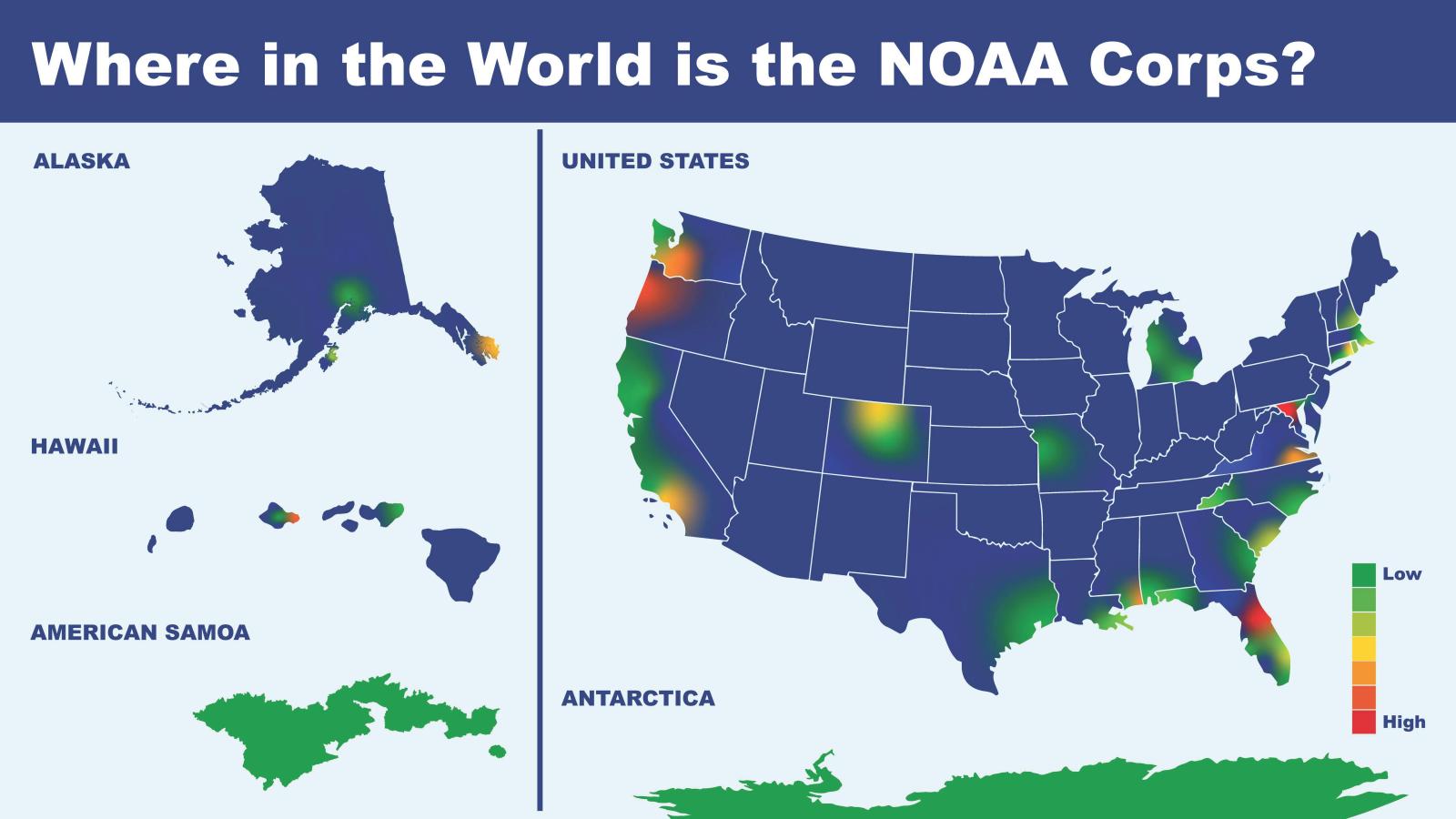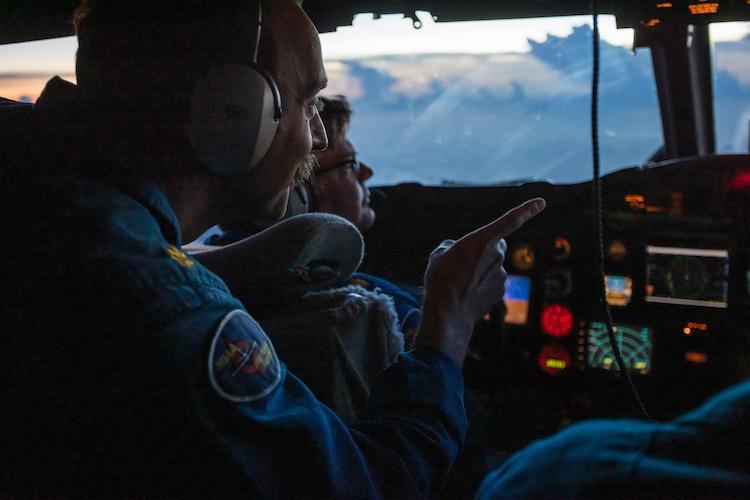
As a uniformed service, NOAA Corps officers can expect to rotate assignments throughout their career. Each assignment progresses in career development and builds in responsibilities from the previous assignment. In general, all officers alternate between operational assignments and shore assignments in support of the agency.
Early in an officer’s career, the assignments focus more on officer development, interpersonal skills, teamwork and communication. Examples of early career assignments include program mangers, aides to flag officers, scientists and leading one of NOAA's Navigational Response Teams.
As an officer’s career progresses, assignments focus more on leading and developing others, team building, and developing administrative skills such as budgeting and personnel management. Assignments such as marine or aviation advisor, legislative affairs staff, and small boat program manager are examples of mid-level career positions.
At senior leadership levels of the organization, officers focus on leading organizations and organizational change. These assignments include commanding operations centers, and being the NOAA Corps liaison to other uniformed services.
Sea and Aviation Assignments
NOAA Corps officers are either mariners or aviators. An officer’s primary mission is to operate NOAA's fleet of research and survey ships and specialized environmental data-collecting aircraft. After attending the Basic Officer Training Course, officers begin their first operational assignments.
Mariners
NOAA Corps mariners serve on operational assignments aboard ships, typically for two years. They progress in position each time they rotate from their shore assignment to a new ship assignment. The officer’s first assignment after initial training is as a Junior Officer on a ship, learning to operate and understand the mechanics and nuances of ship life. On the next sea assignment, officers serve as the Operations Officer, leading the planning and execution of missions. The third sea assignment is in the Executive Officer role, second in command, supervising the NOAA Corps officers and most professional mariners aboard a ship. The culmination of a mariner's career is to serve as the Commanding Officer of a ship, responsible for the mission, ship and preservation of safety and life at sea.
Aviators

NOAA Corps aviators typically serve on flight assignments for five years. Aviators qualify by aircraft platform as co-pilots, aircraft commanders, and instructors. The first operational assignment is typically on a light aircraft: the De Havilland DHC-6-300 Twin Otter or the Beechcraft King Air 350/360CER. Aviators on a second operational assignment may transition to a heavy aircraft: the Gulfstream IV-SP or the Lockheed WP-3D Orion.
Aviators are encouraged to seek non-flight assignments in between operational tours to gain an understanding of the organization and increase their breadth of experience. On further aviation assignments, they may continue to fly or may elect to seek senior leadership positions within the agency or the Aircraft Operations Center.
Shore Assignments
Between operational assignments, officers typically serve for three years on shore assignments across NOAA. These assignments support many different missions. Below are some of the positions or “billets” held by NOAA Corps officers.
United States

